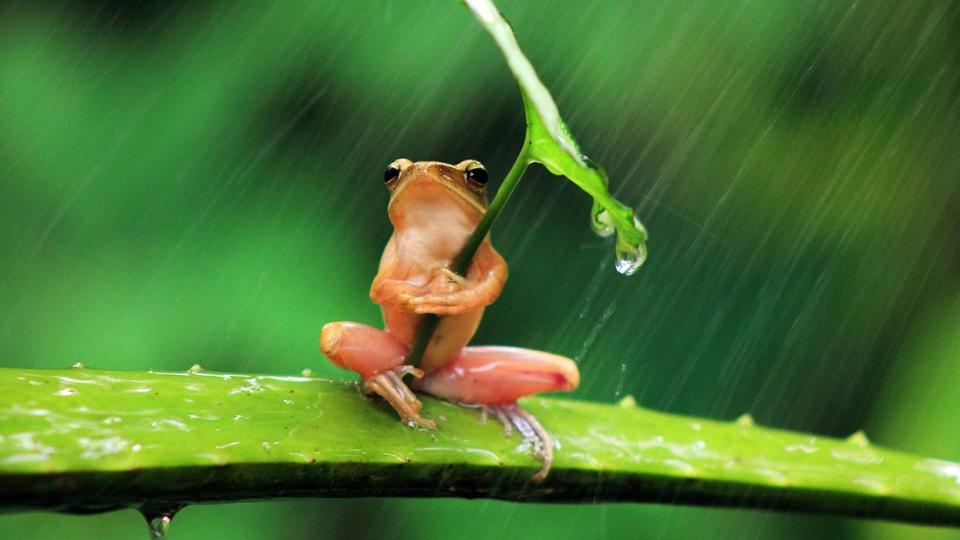El Niño Brings Record Ocean Temperatures – Here’s What That Means for You

Also by Laura Paddison, CNN
(CNN) – Scientists have watched in astonishment as ocean temperatures have steadily risen over the past several years – even as the cooling La Niña phenomenon had a firm grip on the Pacific. The oceans have been record-warm for the past four years, scientists reported in January. Then in mid-March, climatologists noted that global sea surface temperature climbed to a new high.
The incredible trend worries experts about what could lie ahead, especially as forecasts predict El Niño is on its way starting this summer – and along with it, impacts like extreme heat, dangerous tropical cyclones and a significant threat to fragile coral reefs.
La Niña and El Niño are natural phenomena in the tropical Pacific Ocean; La Niña is marked by cooler-than-average ocean temperatures, while El Niño brings warmer-than-average temperatures. Both have major influence weather across the globe. And a switch to El Niño will almost assuredly bring warmer global temperatures along with it.
Daniel Swain, a climate scientist with the University of California, Los Angeles, said there is already a “dramatic transition” from La Niña to El Niño happening in the tropical Pacific.
“Right now, the atmosphere and the ocean are both in sync and screaming ‘El Niño rapid development’ over the next few months,” he said.
The last three years have still been some of the warmest on record, even with La Niña's cooling effect. “We’re now switching that off,” Professor Adam Scaife, head of long-range prediction at the UK Met Office, told CNN.
It’s unclear how strong the coming El Niño will be – some models predict it could reach super-strength, others suggest it will be more moderate. But what is clear is that, layered on top of human-caused global heating, the signs point to El Niño ushering in severe and unprecedented impacts for many parts of the world.
Here are six weather and climate extremes to look out for.
The world could breach 1.5 degrees of warming for the first time
El Niño could – for the first time – push the world past 1.5 degrees Celsius of warming above the pre-industrial levels of the mid-to-late 1800s.
Countries pledged in the Paris Climate Agreement to limit global warming to well below 2 degrees – and preferably to 1.5 degrees – compared to pre-industrial temperatures. Scientists consider 1.5 degrees of warming as a key tipping point, beyond which the chances of extreme flooding, drought, wildfires, and food shortages could increase dramatically.
A strong El Niño could push the planet to that point, Scaife said, even if only temporarily.
“We will probably have, in 2024, the warmest year globally on record,” Josef Ludescher a senior scientist at Potsdam Institute for Climate Impact Research, told CNN. The hottest year on record is currently 2016, which followed a very strong El Niño.
The world has already seen around 1.2 degrees of warming, as humans continue to burn fossil fuels and produce planet-heating pollution. And despite three years of cooling La Niña, temperatures have soared to dangerous levels.
Europe saw its hottest summer in 2022, with temperatures over 104 degrees Fahrenheit (40 degrees Celsius) and Pakistan and India experienced a searing heatwave, where parts of the country reached more than 120 degrees Fahrenheit (49 degrees Celsius).
Ultimately, whether the 1.5-degree threshold is hit or narrowly missed “doesn't really matter,” Scaife said. “It’s the first time in human history that that value is within reach – and that’s the really significant point.”
Whatever the exact level of heating El Niño brings, some of its impacts – including extreme temperatures – are very likely to be unprecedented, Scaife said. “Each time we now get an El Niño, it’s adding on to an ever-larger amount of global warming that we've accrued.”
There could be more drought-busting rain in the West
California has seen an onslaught of rain and snow in recent months. That could intensify during El Niño.
California already faces potential flood threats this spring, NOAA reported in March, after record-breaking snow fell in the Sierra and torrential rain drenched the rest of the state.
Once El Niño kicks in, much of the state will likely see an elevated chance of above-normal rainfall with an increased risk of flooding, landslides, and coastal erosion, experts told CNN.
It could even deliver “meaningful drought relief” to the Colorado River Basin, said Brad Rippey, a meteorologist with the US Department of Agriculture.
“Whereas La Niña is historically a ‘drought maker’ for the continental United States, El Niño is a ‘drought breaker,’” Rippey told CNN. “Although the exact location of drought, or lack thereof, varies considerably from event to event.”
The situation on the Colorado River, which provides water for drinking, irrigation and electricity for roughly 40 million people across the Southwest, has been plagued by overuse and a climate change-fueled drought. The water crisis has become so dire that the federal government announced never-before-seen mandatory water cuts in the last two years.
Jon Gottschalck, a head forecaster at NOAA’s Climate Prediction Center, echoed Rippey, noting that a stronger and extended Pacific jet stream — fast-flowing air currents in the upper atmosphere that influence day-to-day weather — could “elevate odds for atmospheric river-type events for the West Coast,” while also causing more intense precipitation in the South.
Drought, heat and fire elsewhere
In other parts of the world, El Niño could amplify droughts, fierce heatwaves and dangerous wildfires.

 Yahoo Autos
Yahoo Autos 